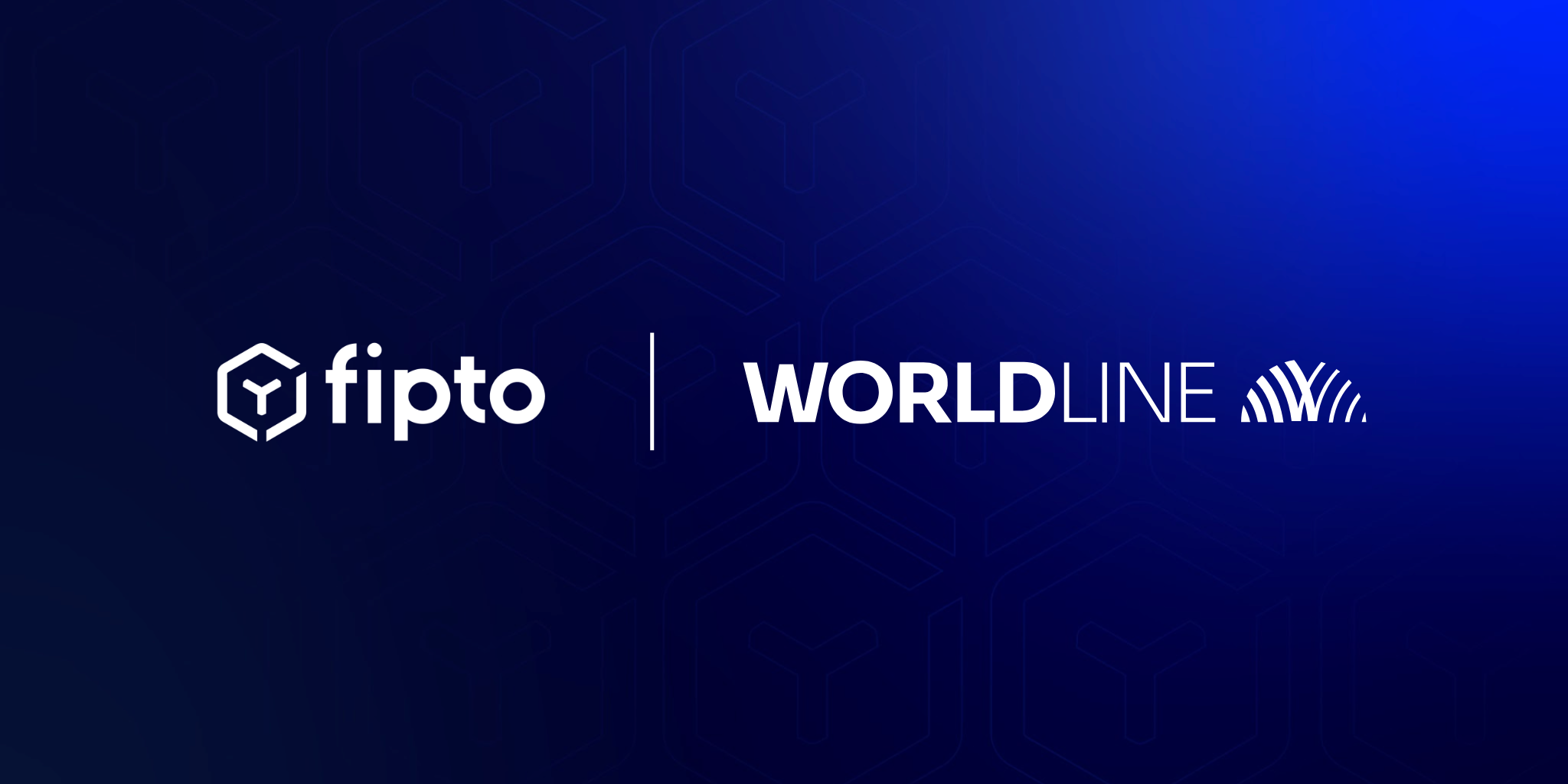While the demand for real-time payments is accelerating, the limitations of the global financial infrastructure have never been more visible, especially when it comes to cross border B2B payments: businesses experience delays, uncertainty on settlement timing, and lack of visibility on fees or FX outcomes.
Stablecoins, digital currencies pegged to fiat, offer a compliant, real-time alternative. They bring the speed, transparency, cost-efficiency and 24/7 availability of blockchain to business payments. Companies can now leverage stablecoins as a core settlement mechanism, eliminating unnecessary hops and enabling payments to settle in minutes, even in traditionally difficult corridors.
In this guide, we explore how global businesses use stablecoins to transform treasury operations and optimise international payments.
Why traditional cross-border payments fall short
Most international payments rely on correspondent banking systems and SWIFT infrastructure. This introduces:
- Settlement delays from two to five days
- Hidden fees and unpredictable FX spreads
- Limited access to currencies in emerging markets
- Manual reconciliation and poor payment visibility
Legacy rails are slow, opaque and fragmented. Businesses suffer the consequences.
What are stablecoins and why they matter for finance
Stablecoins are blockchain-based digital assets pegged to currencies like EUR or USD. They combine the speed of crypto with the stability of traditional money.
For finance teams, they offer:
- Settlement in minutes, not days
- Lower transaction costs, up to 80% cheaper on key corridors
- Transparent tracking via public blockchain
- 24/7/365 availability, not bound by cut-off times or national holidays
- Currency programmability (e.g. atomic swap, or AI payment agents)
Fipto supports only regulated, fiat-backed stablecoins such as USDC, EURC and EURCV.
Fipto brings together fiat and stablecoin payments on a single platform, with no need for multiple providers or fragmented infrastructure.
What is a stablecoin sandwich and how does it work
This technique uses stablecoins as a bridge between two fiat currencies to accelerate payment speed and improve rates. For example:
EUR converted to USDC
USDC transferred over blockchain
USDC converted to BRL
Result: settlement in under 30 minutes and better FX performance, especially in high-friction corridors like EUR to XAF.
Learn more about the stablecoin sandwich.
.png)
How businesses are using stablecoins today
1. Replacing correspondent banking for outbound payments
Businesses can use stablecoins to settle international payments either via stablecoin sandwich (fiat > stablecoin > fiat), or by settling directly in stablecoins when counterparties accept them. This approach effectively replaces the traditional correspondent banking infrastructure, especially in corridors where same-day settlement is not available or prohibitively expensive; for example payments between hard-to-reach countries or to regions with limited FX liquidity.
The impact is tangible: payments that used to take multiple days now settle within minutes, with full traceability and predictable settlement values.
2. Accepting stablecoins as inbound payments
Businesses can accept payments in stablecoins from their own customers. In many cases, they choose to auto-convert back to fiat to avoid holding digital assets on their balance sheet. This offers multiple advantages:
- Avoiding exposure to volatile or weak local currencies
- Reducing counterparty risk by settling in minutes, 24/7
- Offering clients more flexible, on-chain payment options
- Enabling payments outside of banking hours: no missed cut-off times or weekend delays
This is particularly relevant in emerging markets or where clients demand faster settlement methods than traditional banking rails can provide.
3. Treasury mobility and internal liquidity management
For large corporations with subsidiaries in multiple regions, stablecoins offer a fast rail for intercompany treasury movements. Instead of waiting days for transfers between local bank accounts, they can move funds globally and near instantly with full control and auditability. This unlocks idle capital, improves cash visibility, and enhances liquidity utilisation at group level.
Payment Service Providers (PSPs) are leading adoption across these use cases, particularly for payout automation and merchant settlements. Increasingly, large corporations are also turning to stablecoins, specifically for corridors that aren’t well served by traditional treasury platforms or cash pooling structures.
Fipto enables these flows without requiring companies to handle crypto directly. All conversion, custody, and compliance are managed on our side, bringing the benefits of blockchain to business, without disrupting the way teams operate.
Why Fipto is the best stablecoin payment solution for businesses
- Global coverage with 45+ currencies and local payment rails across LATAM, Africa, APAC and Europe
- Scalable API and white-label integrations to embed payments into your infrastructure
- Dedicated account manager for responsive onboarding and ongoing support
- Available as Web App, API, white label, or directly within Kyriba (Treasury Management System).
Whether you're a PSP, a crypto-native business, or a global corporate, Fipto offers a compliant, scalable, and secure solution for stablecoin payments.
Compliance and risk management
Fipto is regulated as a Payment Institution in France and a VASP in both France and Luxembourg. It is ISO/IEC 27001:2022 certified, with fully segregated accounts and over 40 operational controls.
Every transaction includes AML and CFT checks. Wallets use MPC security and full audit trails are available.
Book a Fipto demo
Fipto delivers:
- Multi-currency IBANs and stablecoin wallets
- Real-time payments in 45+ currencies
- 24/7 OTC execution with deep liquidity
- Secure and certified operations trusted across industries
Book your demo and see how to future-proof your payment operations.
.svg)




.png)
